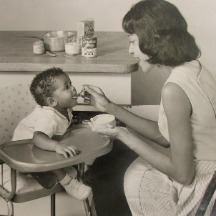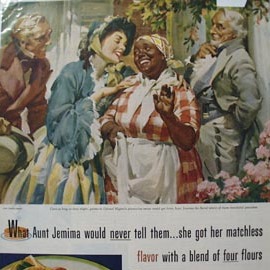Moss Kendrix – A History Almost Lost
In 1989, Eugene Thompson, then Director of the historic Alexandria Black History Museum, got a call from The Vault Storage of Temple Hills, Maryland, just outside of Washington, D.C. The renter of the space holding the goods of Moss Kendrick was overdue and the company had to dump the items. However they sensed the contents were historic. They are; so Thompson got the call.PR Museum describes Kendtrix, a Morehouse College and Howard University graduate, as “a public relations pioneer who left a lasting legacy and a major imprint on the way African Americans are portrayed through the power of advertising. During his lifetime, the Alpha Phi Alpha Fraternity member designed countless public relations and advertising campaigns that promoted African-American visibility for news organizations, entertainers, and corporate clients including Carnation, the Ford Motor Company, and the Coca-Cola company.”
Kendrix helped to elevate the public imagery of African Americans from buffoonery to reality. I was most fascinated by a Carnation’s promotion that offered consumers a Duke Ellington and Mahalia Jackson record for 50 cents and three coupons.
Kendrix Moss, Jr, his daughter, and granddaughter graced the opening of “Moss H. Kendrix: Reframing the Black Image,” at the museum north of historic Old Towne Alexandria. Moss, Jr. says he has “no idea what so ever” how his father’s items got to The Vault or why they called the museum in Alexandria. Thompson assumes the owners called him after looking in the phone directory and seeing “Alexandria” at the top of the alphabetized list of museums. Thompson got the priceless collection for only $100.
However, he was afraid that he could not technically keep the memorabilia unless he could find an Alexandria connection. After much sorting and reading, he found a circa 1961 Ebony with LaJeune Houston, the second Black Ms. Canness Film Festival and Alexandria native, on the cover. “Eureka!” is what Thompson recalled saying when he found the Alexandria connection.
“I got only one-third of the vault items that are now in the collection,” says Thompson. He is not sure what happened to the other two-thirds.








